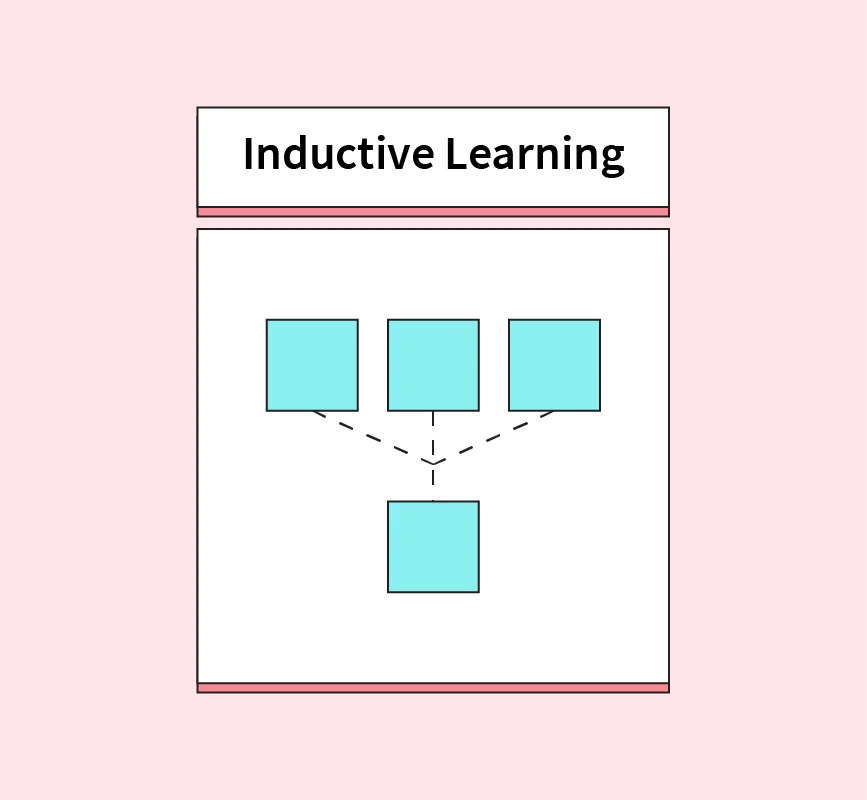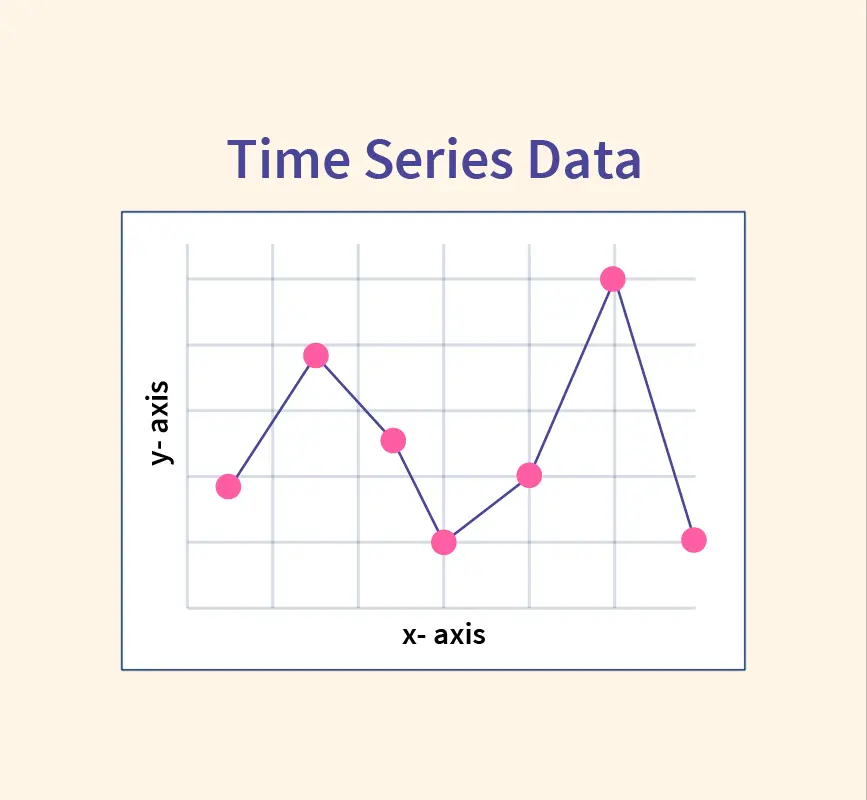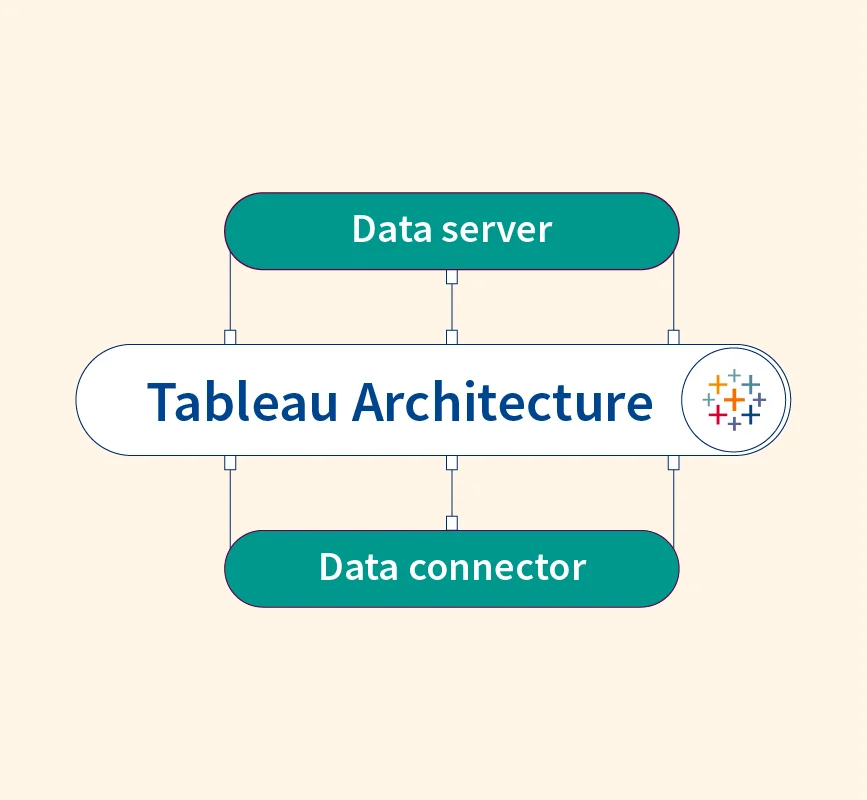Data science isn’t just about fancy algorithms and powerful computers. It’s built on a solid foundation of mathematics. Without math, data scientists would be like explorers without a map, unable to navigate the vast landscapes of data. Math provides the tools to uncover hidden patterns, build predictive models, and ultimately, make informed decisions that drive businesses and innovation forward.
This article serves as your comprehensive guide to the essential math skills every data scientist needs. Whether you’re an aspiring data scientist, a seasoned professional, or simply someone curious about the field, this guide will equip you with the knowledge to tackle the mathematical challenges of data science head-on.
The Bedrock of Data Science: Foundational Mathematical Concepts
Math isn’t just a supporting player in data science – it’s the very stage on which the entire field performs. Data analysis, the algorithms that power insights, and the machine learning models that predict the future are all built on mathematical principles.
Key Mathematical Pillars
Let’s break down a few key areas of math that form the foundation of data science:
- Linear Algebra: Think of linear algebra as the language of data. It’s used to represent and organize data, making it easier to work with. Also, many machine learning algorithms rely on linear algebra for things like transformations and calculations.
- Calculus: Calculus helps us understand change. In data science, this is crucial for tasks like optimizing models and understanding the behavior of functions that describe real-world phenomena.
- Statistics & Probability: Statistics and probability help us make sense of data. They let us analyze trends, test hypotheses, and draw meaningful conclusions from the information we have.
Linear Algebra Demystified: Unlocking Data’s Structure
Linear algebra provides the tools to understand the very fabric of data. Let’s explore some core concepts and see how they’re put to work in real-world data science applications.
Core Concepts in Linear Algebra
- Vectors and Matrices: Vectors are like lists of numbers, and matrices are tables of numbers. They give us a way to represent and organize data in a structured manner.
- Matrix Operations: We can perform various operations on matrices, like adding them together, multiplying them, or flipping them around (transposition). These operations let us manipulate and transform data in powerful ways.
- Linear Transformations: Imagine a linear transformation as a function that takes an input (data) and produces an output (transformed data). These transformations help us analyze data from different angles and extract useful features.
- Eigenvalues and Eigenvectors: These concepts are a bit trickier, but think of them as special values and directions associated with a matrix. They’re crucial for tasks like dimensionality reduction (simplifying data) and understanding how data varies.
Real-world Applications
- Image Processing: When you edit a photo, you’re using linear algebra! Image transformations, like rotations and resizing, rely on matrix operations. Also, linear algebra helps extract features from images for tasks like object recognition.
- Recommendation Systems: Ever wonder how Netflix knows what movies you’ll like? It uses techniques like collaborative filtering and matrix factorization, both rooted in linear algebra, to analyze user preferences and make personalized recommendations.
- Dimensionality Reduction: Sometimes, datasets have too many variables, making them difficult to analyze. Linear algebra techniques like Principal Component Analysis (PCA) help us reduce the number of dimensions while preserving the most important information.
- Interactive Visualization: Those cool 3D data visualizations you see? They’re made possible by linear algebra. It allows us to rotate, zoom, and interact with data in three dimensions, making it easier to understand complex relationships.
Calculus Unveiled: Navigating the Dynamics of Data
Calculus is like a powerful lens that helps us see how data changes over time. Let’s delve into some basic calculus concepts and explore their role in shaping the data science landscape.
Calculus Fundamentals
- Derivatives: Think of derivatives as a way to measure how fast something is changing. They’re like a speedometer for data. In data science, we use derivatives in optimization algorithms to find the best possible solutions.
- Integrals: Integrals, on the other hand, help us calculate areas under curves. They have various applications in data analysis, such as determining the total impact of a trend over a specific period.
- Gradient Descent: This is a key algorithm in machine learning. It uses derivatives to guide the model towards the optimal solution by gradually adjusting its parameters.
Applications in Data Science
- Optimization: Machine learning models are all about finding the best fit for the data. Calculus provides the tools to optimize these models and ensure they make the most accurate predictions.
- Loss Functions: Loss functions measure how well a model is performing. Derivatives help us minimize the errors in model predictions by finding the points where the loss function is at its lowest.
- Neural Networks: These powerful models are the backbone of many AI applications. Calculus plays a crucial role in training neural networks through a process called backpropagation, which uses derivatives to adjust the network’s weights and improve its performance.
- Interactive Visualization: Imagine a data visualization that reacts to your mouse movements or changes based on your selections. Calculus makes these dynamic and interactive visualizations possible by enabling smooth transitions and real-time calculations.
Statistics & Probability: Extracting Meaning from Data
Statistics and probability are like the detective tools of data science, helping us uncover hidden truths and make informed decisions. Let’s explore these essential concepts and their applications in the field.
Statistics Fundamentals
- Descriptive Statistics: These are the basic tools we use to summarize and describe data. Measures of central tendency (like mean, median, and mode) tell us where the data is centered, while measures of dispersion (like variance and standard deviation) tell us how spread out it is.
- Inferential Statistics: This branch of statistics allows us to go beyond just describing data. We can use it to make inferences and draw conclusions about a larger population based on a sample. Hypothesis testing, p-values, and confidence intervals are key tools in this area.
- Probability in Action Basic Probability Concepts: Probability deals with the likelihood of events happening. We start with basic concepts like events (things that can happen), sample spaces (all possible outcomes), and probability distributions (how likely different outcomes are).
- Conditional Probability and Bayes’ Theorem: These concepts help us understand how events are related. Conditional probability tells us the probability of one event happening given that another event has already occurred. Bayes’ Theorem takes this further, allowing us to update our beliefs based on new evidence.
Applications in Data Science
- Data Exploration and Analysis: When faced with a new dataset, statistics helps us get a feel for the data. We can use descriptive statistics to summarize key characteristics and visualize distributions to identify patterns and outliers.
- Hypothesis Testing: Data scientists often make assumptions about data. Hypothesis testing allows us to validate these assumptions and make data-driven decisions.
- Machine Learning Models: Many machine learning algorithms rely on probability. For example, Naive Bayes classifiers use Bayes’ Theorem to predict categories, and logistic regression models use probability to estimate the likelihood of an event occurring.
- A/B Testing: Let’s say you’re testing two different website designs. A/B testing uses statistics to determine which design performs better and helps you make informed choices to improve user experience.
- Interactive Data Visualization: Visualizing probability distributions can be a powerful way to understand data. Interactive visualizations allow users to explore different scenarios and see how probabilities change, leading to deeper insights.
Beyond the Basics: Advanced Mathematical Tools
While the foundational concepts we’ve covered are essential, there’s a whole world of advanced mathematical tools that can further enhance your data science capabilities.
- Geometry and Graph Theory: Geometry and graph theory help us understand the relationships between data points in space. They’re particularly useful for spatial data analysis (think maps and location-based data), network analysis (studying connections and interactions), and even recommendation systems (finding similar items or users).
- Discrete Mathematics: Discrete mathematics deals with distinct, countable objects, like integers or graphs. It comes into play in designing algorithms, understanding data structures, and solving optimization problems where we need to find the best solution from a finite set of possibilities.
- Other Relevant Areas: Depending on your specific area of interest, you might also encounter other mathematical fields in data science. Differential equations are useful for modeling dynamic systems that change over time, while numerical analysis helps us solve complex mathematical problems using computers.
Bridging the Gap: Resources for Mastering the Math
Ready to embark on your mathematical journey? Here are some valuable resources to guide your learning:
Online Course & Tutorials:
- Several online Data Science courses offer a comprehensive curriculum that covers essential math skills and their application in data science.
Textbooks & Reference Materials:
- “Linear Algebra Done Right” by Sheldon Axler is a classic for understanding linear algebra concepts.
- “Introduction to Statistical Learning” by Gareth James et al. provides a gentle introduction to statistics and machine learning with practical examples.
Practice Problems & Projects:
- Kaggle hosts numerous datasets and competitions where you can apply your math skills to real-world problems.
- Create your own projects! Experiment with data analysis, build simple machine learning models, and see math in action.
Interactive Tools and Simulations:
- Desmos offers a free online graphing calculator for visualizing functions and exploring calculus concepts.
- WolframAlpha is a computational knowledge engine that can solve equations, perform calculations, and generate visualizations.
Conclusion
From the fundamental building blocks of linear algebra to the dynamic insights of calculus and the power of statistical inference, mathematics serves as the backbone of data science. It equips data scientists with the tools to decode complex patterns, build predictive models, and ultimately, transform raw data into actionable knowledge.
If you’re ready to unlock the full potential of data science, embrace the world of mathematics. Explore the resources mentioned in this article, immerse yourself in practice, and witness firsthand how math empowers you to drive innovation and shape the future. Your journey to becoming a data-driven problem solver starts with a solid foundation in math.


